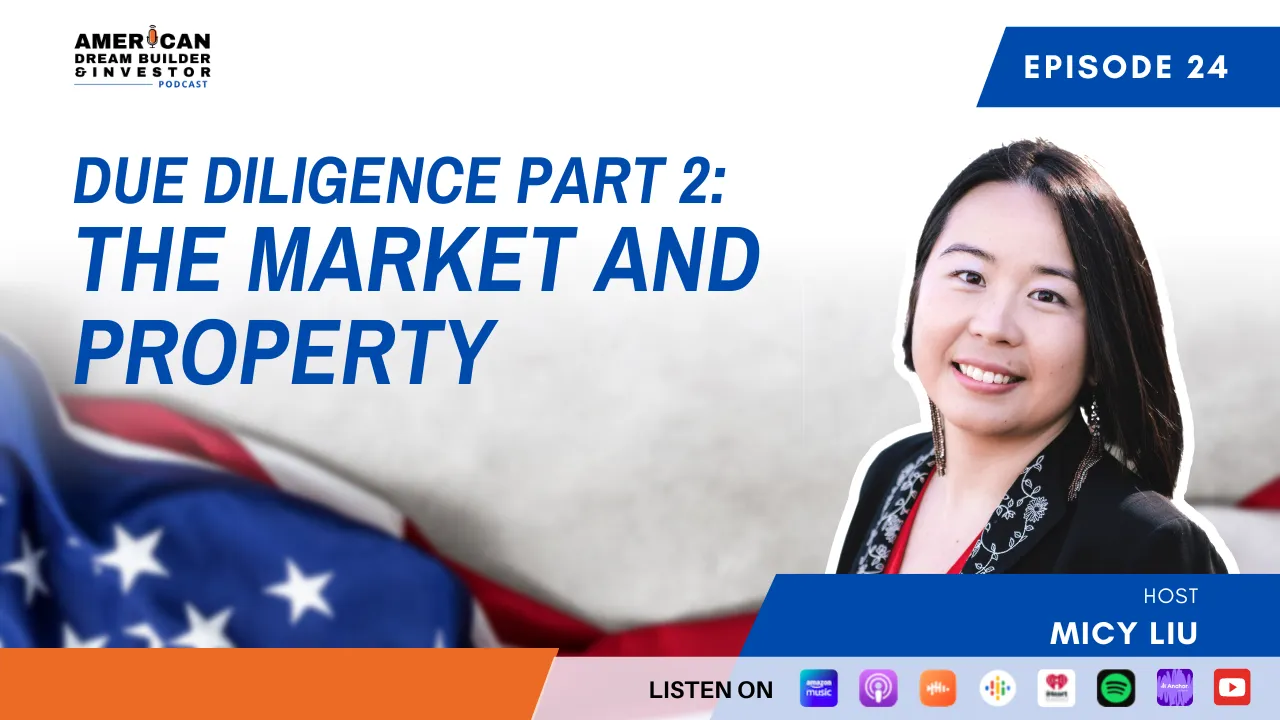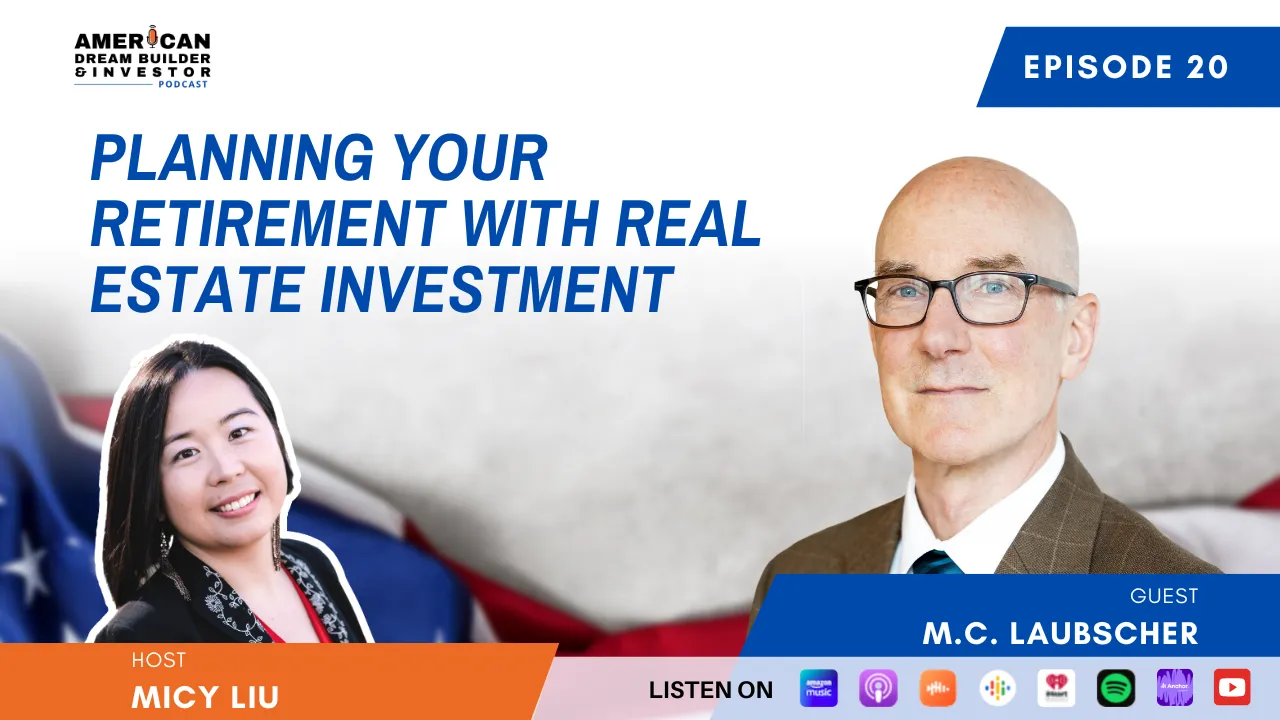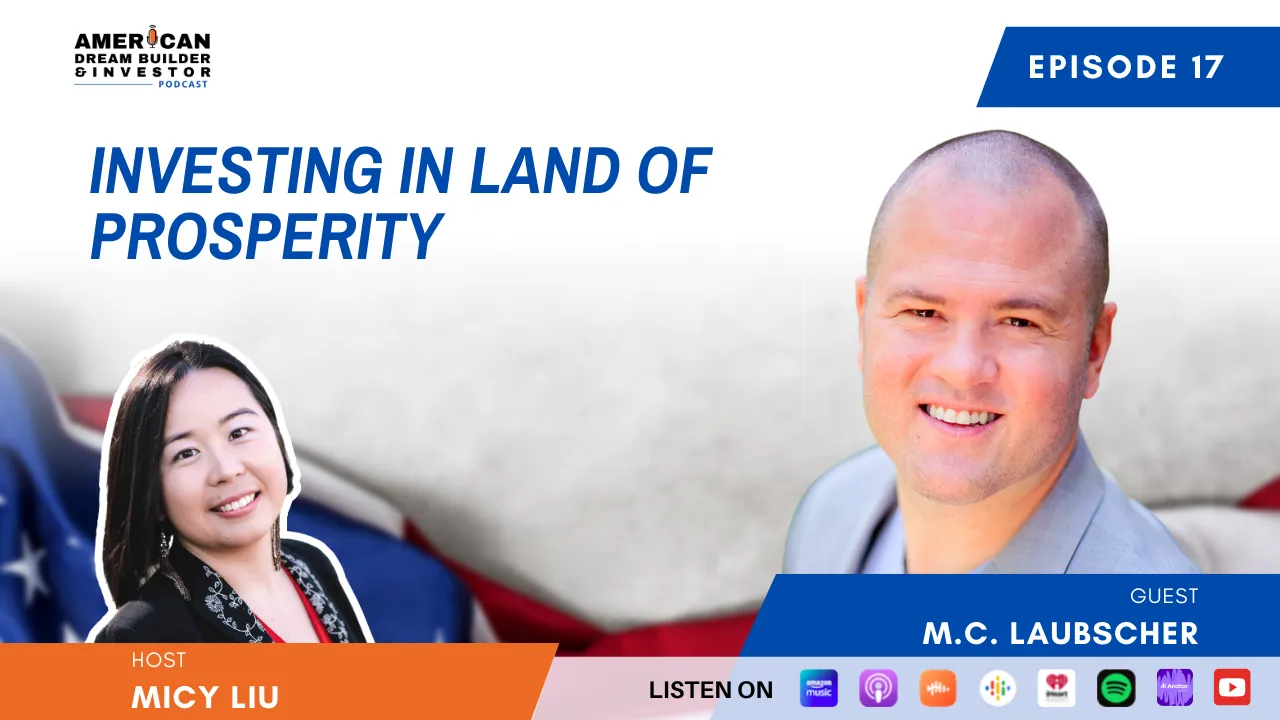WHY MULTI-FAMILY(APARTMENTS)?
While all the real estate investing benefits apply to multi-family investing, there are some specific benefits to investing in multi-family.
Economies of Scale:
Multifamily real estate improves efficiency. For example, an investor can typically operate 100 apartment units, for less time and money than 100 separate single-family homes. There is the potential for monthly cash flow to investors from rental income as well as other possible sources such as laundry revenue, pet fees, covered parking, etc.
Recession Resistant
Regardless of the economy, people still need a place to live. The more affordable Class B and Class C rental properties have done historically well in past recessions. During the world-stopping 2007-2008 economic recession caused by the US real estate crisis, we experienced the worst recession since the Great Depression and had up to a 10% national unemployment rate while the world economy also faced a severe halt. However, during this period, multifamily apartments performed well compared to other asset classes. This report shows that the rate of delinquency was still below 0.5% and sometimes lower than 0.1% while other asset classes like offices and malls struggled tremendously. We saw a similar trend during the Covid- 19 pandemic from 2020 - 2021.
Community Building
But it is not just about the money and buildings! It is also the residents' lives that we are adding value to the places they live and grow. We focus on improving residents' lives by offering needed amenities, activities, renovations, and better property management.
Strong Demand for multi-family:
The Linneman Associates describes this decade as theGolden Age of Multifamily Investing’. The National Multifamily Housing Council (NMHC) estimates that by 2030, America needs 4.6 million more apartment complexes. This demand is outpacing the supply of apartment units. Below facts have been described as the fundamental factors that provide a substantial demand that is unlikely to falter over time
Pros
- The rental market will see an increase in adult individuals between the age of 18-34, estimating to roughly 75 million. They are entering the market, primarily as renters. Besides the millennial group, Gen Z (born between 1997-2012) showed 65.3 million births. The Linneman Associate explains that this population has a high number of individuals entering the 23-year old mark now, the prime renting age.
- Today, less than 20% of U.S. households have married couples with children. A decrease in traditional family structure also means that the demand for traditional apartment complexes i.e. single-unit properties has increased.
- In the last decade, there has been a 60% increase in adults above the age of 45 renting homes.
- The NMHC projects that to meet these demands, the U.S. needs to build on an average of 328,000 new apartment units annually. In the years between 2011 and 2017, there were 243,000 new apartments built annually, still leaving about 29.8% annual shortfall.
- Despite an economic recession caused by the COVID-19 pandemic, the vacancy rate in the third quarter of 2020 was 6.4% - the lowest since 1985.
- Since nearly 50% of homes in the U.S. were built before 1980, there is a higher demand for modern multi-family complexes.
To learn more, Check out our free ebook on “Passively Invest in Apartments with no tenants or toilets” here.


























